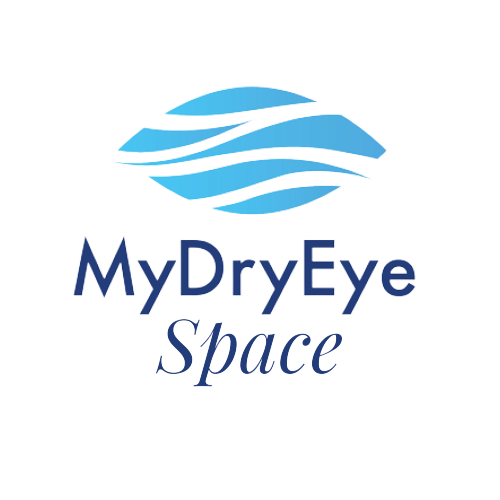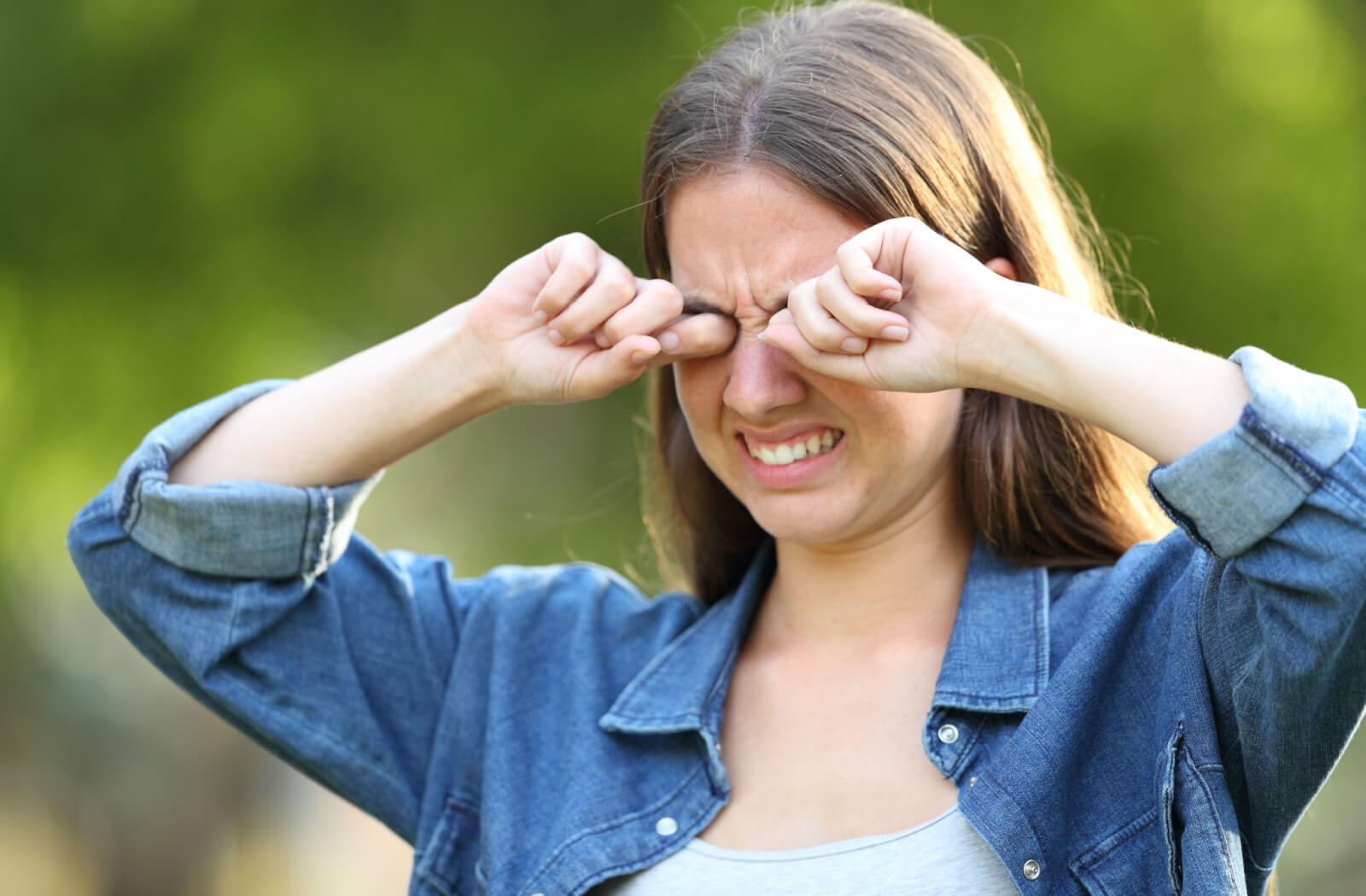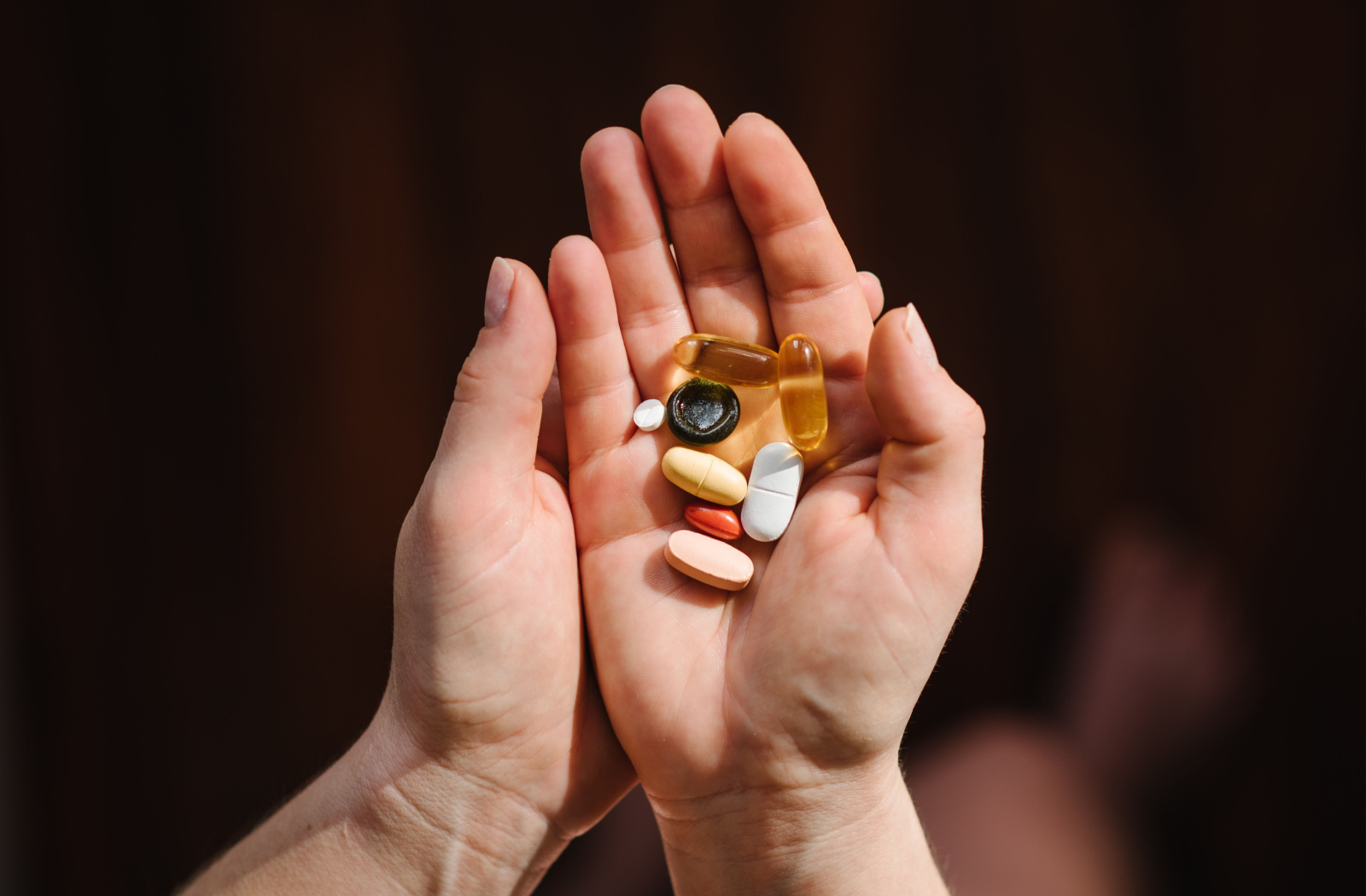Dry eye disease (DED) is a vision condition that occurs when your eyes don’t produce enough tears or something goes wrong during the tear-production process.
Dry eyes come with various irritating symptoms, so the first thing on your mind is probably finding relief. The LipiFlow thermal pulsation system is an innovative treatment system that can give you that relief.
Let’s take a closer look at dry eye disease, how LipiFlow works, how long it lasts, and different dry eye tools that can help you find relief.
A Closer Look at Dry Eye Disease
DED is one of the most common vision conditions—an estimated 25% of Canadians deal with dry eyes.
Tear production is an essential part of keeping your eyes healthy and dry eyes at bay. Tear instability can lead to inflammation and lead to dry eyes as well. Your tears are comprised of 3 layers:
- The oily outer layer
- The watery middle layer
- The inner mucus layer
The oily layer is created by meibomian glands, tiny glands that line your upper and lower eyelids. If they become inflamed or blocked, they can’t secrete oil, which impacts your tear quality. This inflammation is related to meibomian gland dysfunction (MGD), a common cause of DED.
Some signs and symptoms of DED include:
- Stinging or gritty eyes
- Scratchy and uncomfortable eyes
- Fluctuating vision
- Foreign body sensation (feeling like something is in your eyes)
Dry eye disease can be classified into 2 main groups:
- Evaporative dry eye occurs when the meibomian glands don’t produce enough oil, leading to your tears evaporating too quickly.
- Aqueous deficient dry eye occurs when the lacrimal gland doesn’t produce enough of the watery portion of the tear layer.
Dry eye disease can be challenging to manage. The good news is that there are treatment options that can help you find relief, such as LipiFlow.
Exploring the LipiFlow Process
Your doctor will prepare a personalized treatment plan for you following your comprehensive dry eye assessment. LipiFlow can be an excellent option to help manage dry eye disease.
LipiFlow, or heated meibomian gland expression, is a 12-minute in-office procedure that clears blocked meibomian glands in your upper and lower eyelids. It uses a combination of heat and gentle massage to remove blockages and obstructions in the glands. This process allows for better flow of oils into your tear film for healthy eyes.
Your optometrist or your ocular hygienist will:
- Have you sit comfortably
- Apply anesthetizing drops to both your eyes
- Place a specialized shield that looks like a contact lens on your eyes and behind your eyelids and it works by applying heat and gentle pressure to your eyelid
- The entire relaxing procedure takes 12 minutes until it is complete
LipiFlow often works in conjunction with at-home therapies, such as:
- Preservative-free eye drops to lubricate your eyes
- Eyelid hygiene to reduce bacteria and debris build-up
- Dietary supplements, like Omega-3s
LipiFlow Lasting Power
LipiFlow is an effective solution for treating evaporative dry eyes, the most common type of DED, accounting for over 85% of dry eye cases.
LipiFlow usually provides relief for patients within 2 to 4 weeks of treatment. A single 12-minute LipiFlow treatment session has resulted in up to 12 months of sustained improvement of meibomian gland function, tear break-up time, and dry eye symptom relief.
However, since dry eye is a chronic condition, some patients may need a maintenance or “touch-up” within a year.
Finding Relief from Dry Eyes
Dry eye disease can put a halt to your productivity, cause discomfort, and even damage your eyes. Getting treatment as soon as possible is essential to preserve your comfort and vision. LipiFlow is a proven treatment that can provide long-term relief.
Find a dry eye specialist to get to the bottom of your dry eye symptoms and see if LipiFlow is a good treatment option for you.
